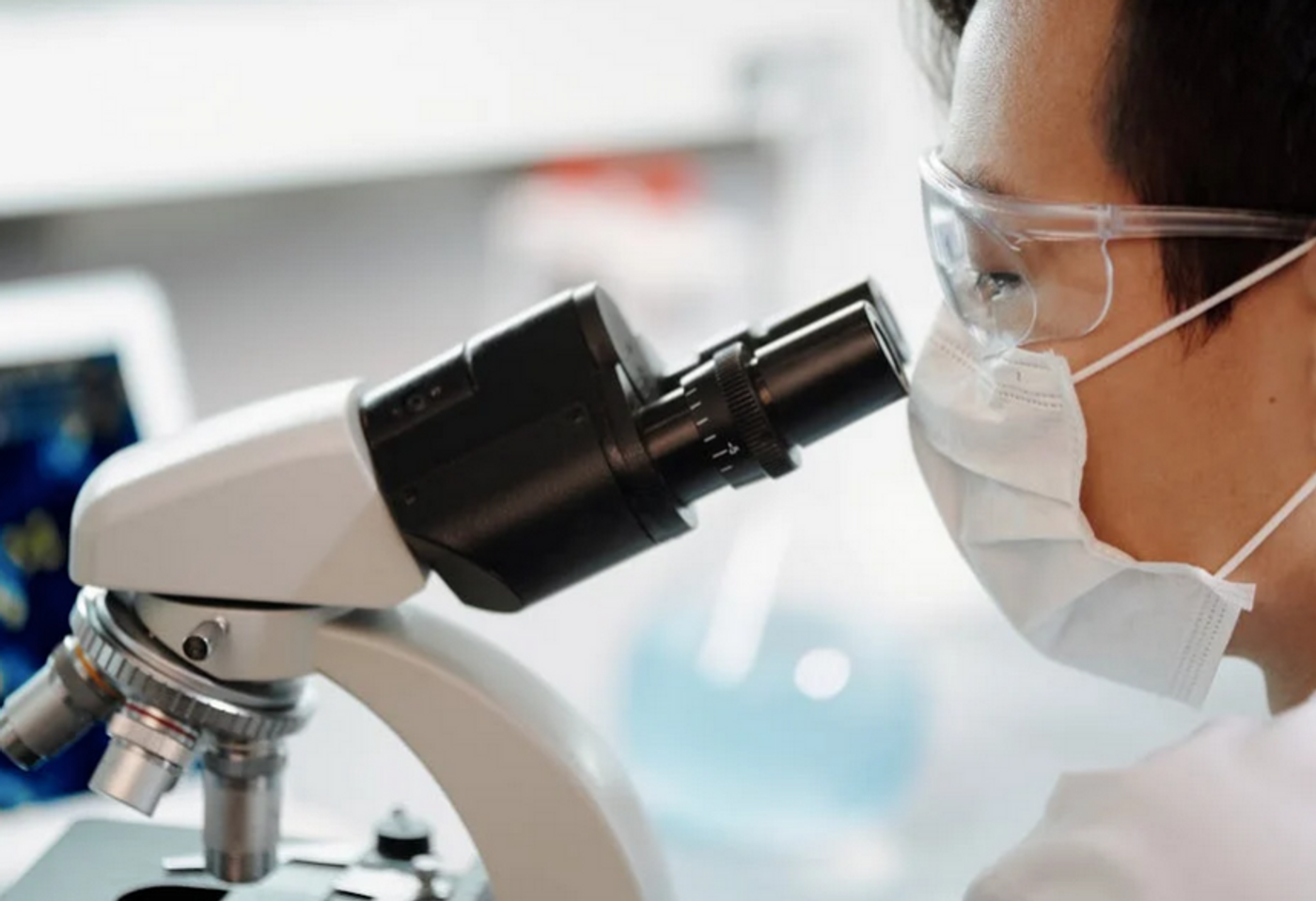An Array of New Approaches to Diagnose a Life-Threatening Condition
When the body's immune system is reacting to an infection, that reaction can spin out of control, and if the activity of the immune system is not dialed down, serious organ damage or death can occur. This condition is known as sepsis (or septic shock, an advanced stage of sepsis). The World Health Organization has estimated that there were 49 million cases of sepsis and 11 million deaths from the condition in 2017 alone. Sometimes, sepsis is hard to diagnose, and current diagnostic tools rely on measuring levels of molecules such as C-reactive protein and lactate. Now, several new studies have outlined different approaches to diagnose sepsis, some of which could become life savers.
A paper published in Science Translational Medicine has also identified a set of blood plasma proteins that could be used to diagnose sepsis. This study used tandem mass spectrometry and liquid chromatography to analyze several thousand human samples. The data was used to generate a proteomic map that revealed how the proteome changed as sepsis arose, when it was occurring, and after it passed.
After confirming the findings with another set of samples, the researchers identified three patient subgroups, one of which was the most severe; each had unique plasma proteome profiles. The study suggested that some of these biomarkers might be used to reveal at an early stage who is likely to develop sepsis.
Reporting in the Journal of Proteome Research, a different group of scientists have analyzed sampled from human sepsis patients along with unaffected controls, and showed that sepsis and septic shock can both be diagnosed within an hour of taking a blood sample, with a technique called blood plasma metabolic phenotyping. There were different levels of ten types of lipids in septic shock and sepsis patients, differentiating the groups.
Another group of researchers found a separate molecular pattern that could be used to diagnose sepsis. In reporting at the European Congress of Clinical Microbiology and Infectious Diseases researchers described work that also relied on patient samples, along with mass spectrometry and machine learning. By assessing the data with patient symptoms and outcomes, the investigators determined that several panels of proteins could predict dysfunction in six organ systems including the central nervous system, liver, and kidney due to sepsis. More research will be necessary to confirm these findings, however.
Finally, the National Institutes of Health has highlighted a new device called VitalO2, made by a company called Opticyte, that is able to monitor oxygen levels within cells. Since low cellular oxygen levels are an early indicator of sepsis, the device could be used to diagnose the condition and prevent more serious outcomes. It may also be useful in other applications eventually, such as heart failure and trauma.
Sources: Murdoch University, European Congress of Clinical Microbiology and Infectious Diseases, Science Translational Medicine, NIH/NHLBI



![[Guide] 7 Strategies to Boost Laboratory Collaboration](https://d3bkbkx82g74b8.cloudfront.net/eyJidWNrZXQiOiJsYWJyb290cy1pbWFnZXMiLCJrZXkiOiJjb250ZW50X2FydGljbGVfcHJvZmlsZV9pbWFnZV83YzBjZWIwM2Y5YzI4MmFlYzBhZDZhMTcyNTQ1ZGU3YmE4Y2MzMDYyXzUxNDkuanBnIiwiZWRpdHMiOnsidG9Gb3JtYXQiOiJqcGciLCJyZXNpemUiOnsid2lkdGgiOjcwMCwiaGVpZ2h0IjozNTAsImZpdCI6ImNvdmVyIiwicG9zaXRpb24iOiJjZW50ZXIiLCJiYWNrZ3JvdW5kIjoiI2ZmZiJ9LCJmbGF0dGVuIjp7ImJhY2tncm91bmQiOiIjZmZmIn19fQ==)





